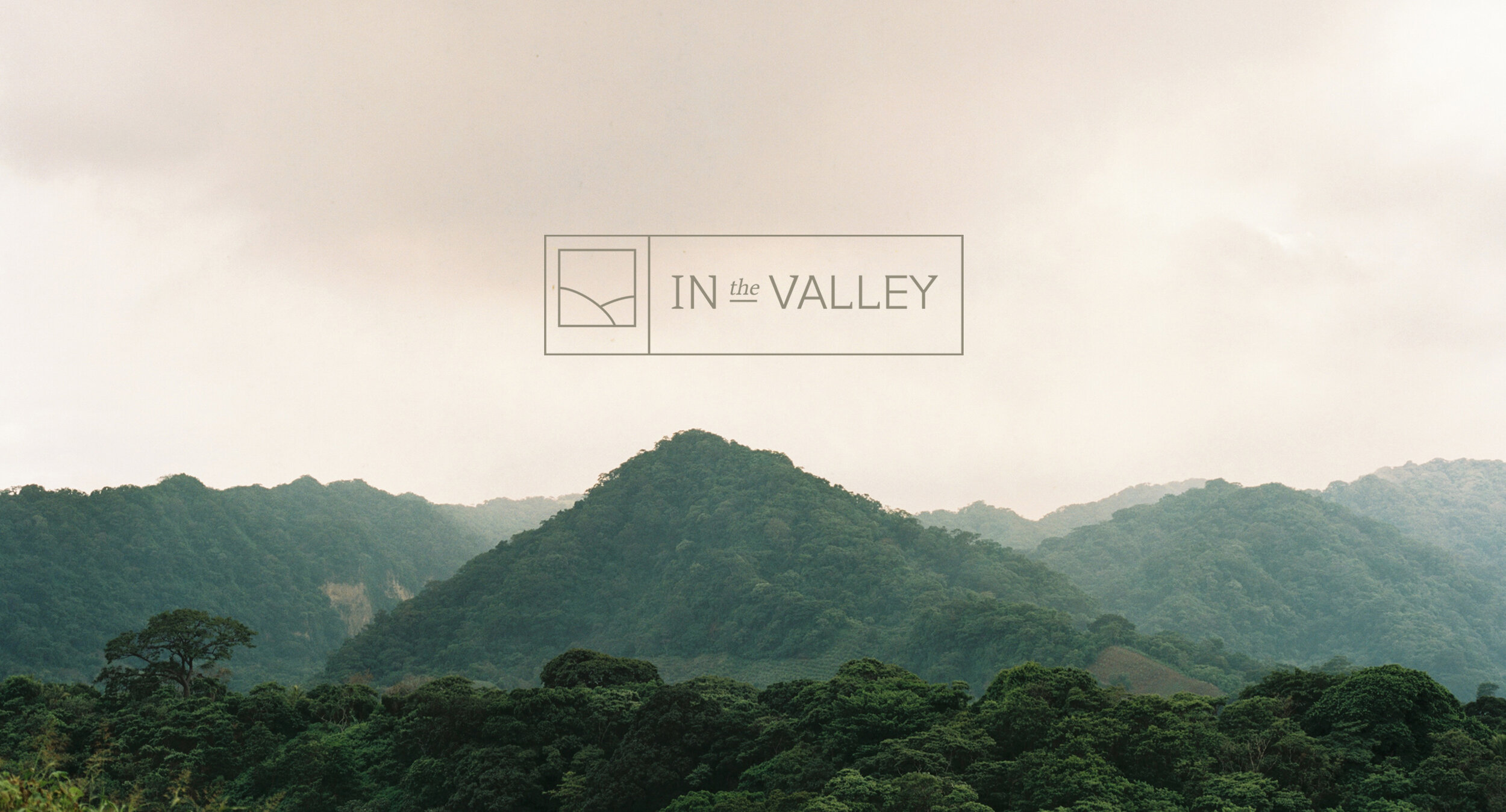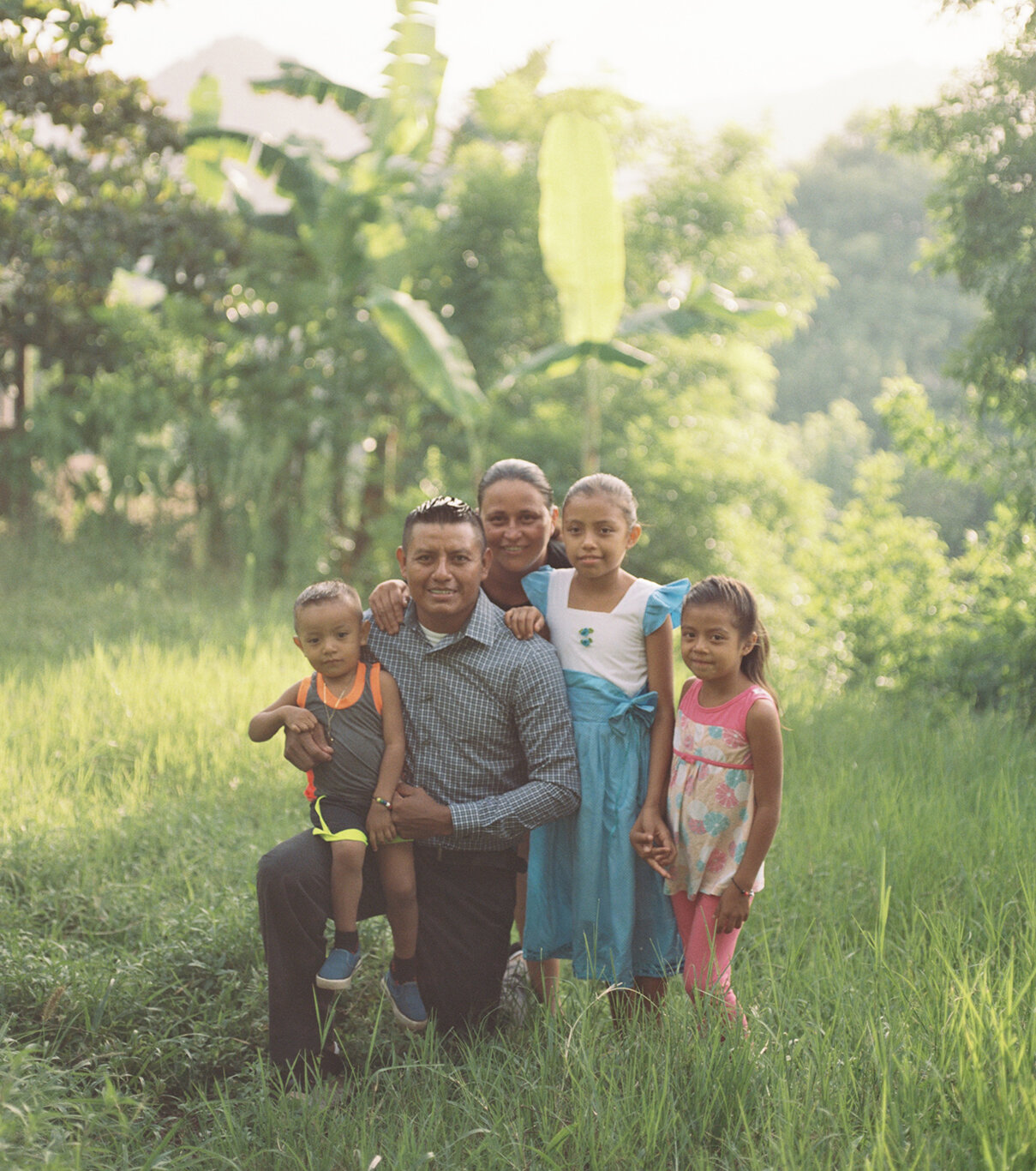
The Story
In the Valley was the dream of one of my best friends and teammates (Alex) from our Southeastern University student marketing team. It was his dream to create a documentary about a small valley and farm in Ticuantepe, Nicaragua, a farm that he had lived on for the past two summers. He was deeply impacted by the simple lifestyle of the people in the valley, and the sacrifice of the American farm owners to bring jobs, mentorship, love, and the gospel to this remote valley. He was particularly moved by one young girl whose most valuable possession was an old, tattered picture of her dad and uncle. He saw how valuable a seemingly throw-away photo was to this girl and her culture, because it represented her family. As a photographer, he had the idea to shoot family portraits for free for the people in the valley and make a film that celebrates these moments and these people’s simple approach to life. Each year, Southeastern University’s missions department funds and films a documentary, so he pitched his idea, they loved it, and we built a team, grabbed a few cameras, bought a printer, and hopped on a plane (but it really wasn’t that easy).

The Challenge
A team of a 20 and 21 year-old designer and photographer set out under the tutelage of the prior year’s director and scriptwriter, but we were quickly given full reigns of the project. We had to step up to fill multiple roles, as I moved from graphic designer to story architect, script writer, location audio guy (a.k.a. blimp man), camera 3, and eventually assistant director. We had a dream, but we had never directed a film before, so we arrived in Nicaragua a little fresh (only after frantically searching for Alex’s dog Virgil who ran away 10 minutes prior to us leaving for the airport, and then having our drone and red camera confiscated in Nicaraguan customs). Upon arrival, the story was even more complex than we anticipated, and we had to pull together tidbits from conversations, interviews with mission’s trip teams staying at the farm, broken english conversations with natives, and the multiple experiences we had in the valley to flavor and form our overarching narrative and idea. In terms of design, I had to take a narrative from a thousand miles away and apply it to an American audience, and specifically the viewers at our premier. The brand needed to put you in another world, while still reminding you of your ability to change yours.
The Reverie
The narrative we discovered was a beautiful intersection of the lives of the three main characters of the film. Cinematically, we used symbolism and ambiguity to draw the audience in and push them to wonder how their lives intersect with the narrative. We wanted the audience to be immersed in a dream state, so the brand was to visually look and feel like the film: simple, ethnic, clean, and subtle. The primary and secondary typefaces were ethnically and simplistically nuanced, and Alex’s immersive imagery became the centerpiece of the brand. This immersion, however, needed to result in a practical takeaway for the audience. So after much discovery, we focused the narrative on the simple idea of using your individual gifts to live for others in light of the things that really matter. “The gift”, symbolized throughout the film by a box, then became the primary visual motif. The logo featured this box inside of a larger frame, doubly creating a polaroid picture to signify Alex’s gift of photography. This polaroid motif was carried into the touch cards given out at the film premier (at the historic Polk Theatre). This became the climactic experience of the audience: co-discovering their unique gift by writing it into the blank space on the card. It was then kept as a reminder of their living out of the story: using their gifts to change the world around them. You can watch the film below!
Role(s)
Assistant Director
Location Audio
Story Architect/Script Writer
Art Direction/Marketing
Photo Credits
Alexander Donalson


